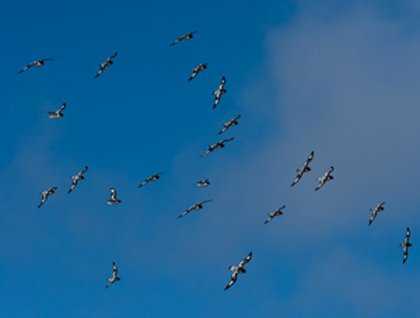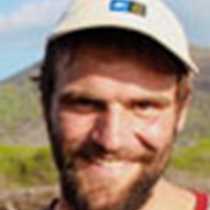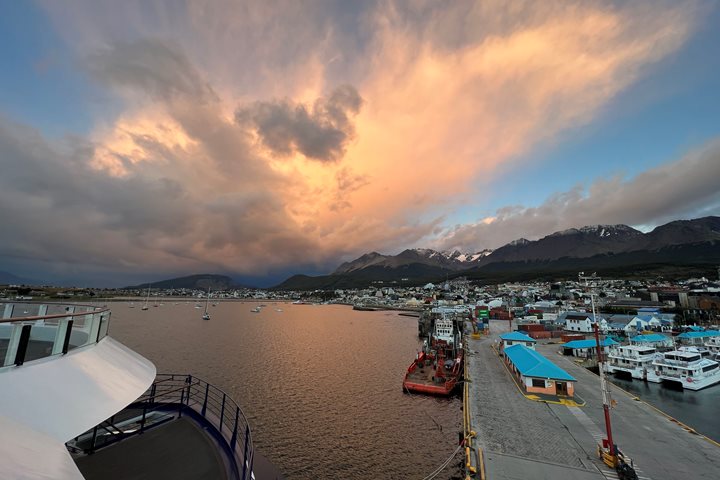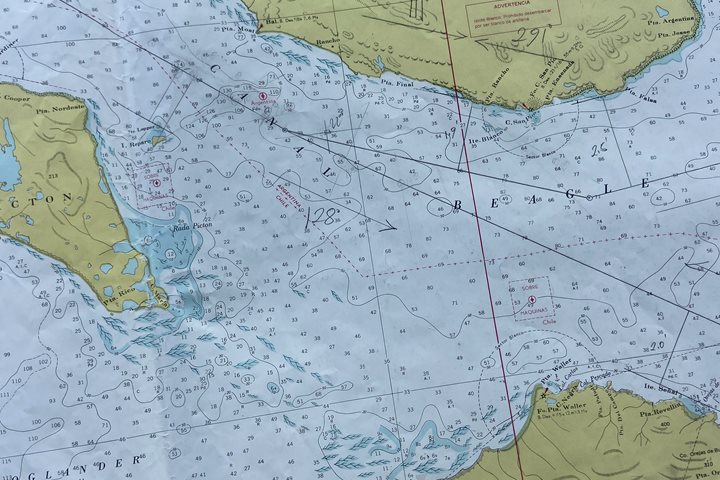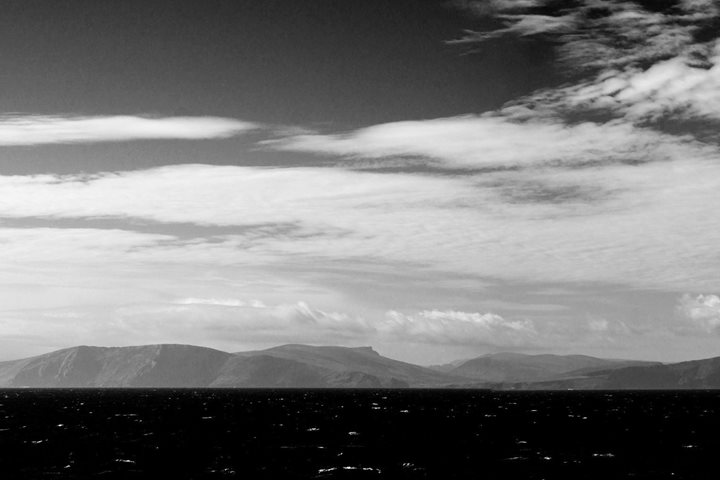Last night the National Geographic Orion made its way out of the Weddell Sea, on a perfect evening filled with sea ice, tabular icebergs and a wonderful sunset. Even though we were mesmerized by the moment, there was a sense of what lay ahead on our journey, leaving the Antarctic Peninsula behind, and heading for Elephant Island and beyond!
This morning brought more excitement, with windy conditions and interesting morning light as we made our approach to Elephant Island. One of our favorite birds, the Cape Petrel (or Pintado), followed the ship closely, performing an amazing aerial show along the way. Next came a large tabular iceberg at the southern end of the island, with waves crashing up the sides, all highlighted in beautiful late morning light.
Right after lunch the National Geographic Orion passed the site of the Endurance expedition’s first landfall, Cape Valentine, an exposed and rocky point where the party landed on April 14, 1916. After a few days the decision was made to move the 28 men to the north side of the island to a small spit of land now called “Point Wild!” This was our goal for the afternoon, to get as close as we safely could, and possibly do a Zodiac cruise to get a better look at this inhospitable spot were 22 men had to spend a long winter, before finally being rescued 137 days later! Today we were lucky, the conditions were just good enough to be able to do a short Zodiac cruise at this very important historic site. Now a monument stands on the spot, not for the brave men who spent that long Winter huddled under two small lifeboats, surviving on seal blubber and penguin, but for the brave captain of the Chilean ship that finally rescued the men after there long ordeal!
After getting everyone back onboard safely, the National Geographic Orion steamed slowly out of the small bay, with the intention of starting our transit toward South Georgia, but there was a short delay in our departure. As we barely got started, the ship was engulfed in an amazing wildlife “feeding frenzy” just outside the bay. There were Fin Whales in every direction, possibly up to forty or more individuals, feeding right near the surface, probably on a large mass of krill. At times we would see up to ten animals blowing at the surface at the same time, and that was just looking in one direction! In all my years on ships, exploring the world’s oceans, I have never seen any gathering on fin whales that even came close to this display! And if that wasn’t enough, there were hundreds of chinstrap penguins feeding amongst these massive creatures! What a way to end our time in the Antarctic!

